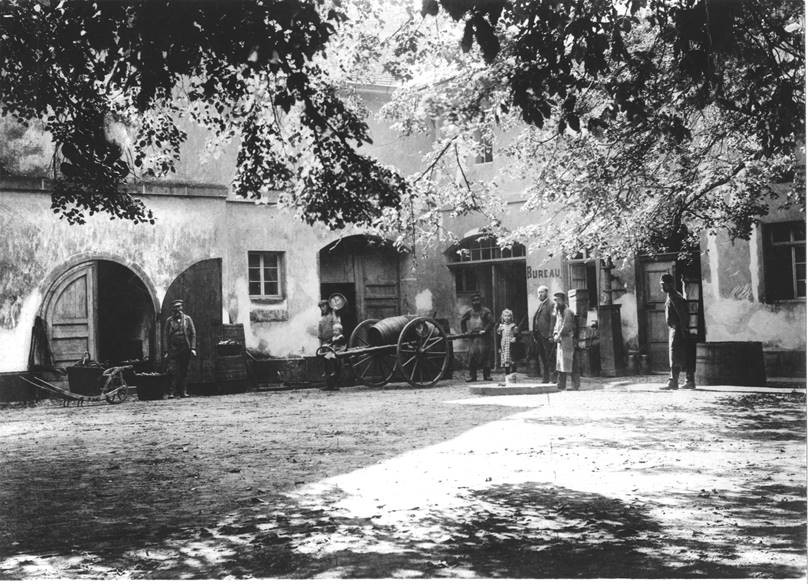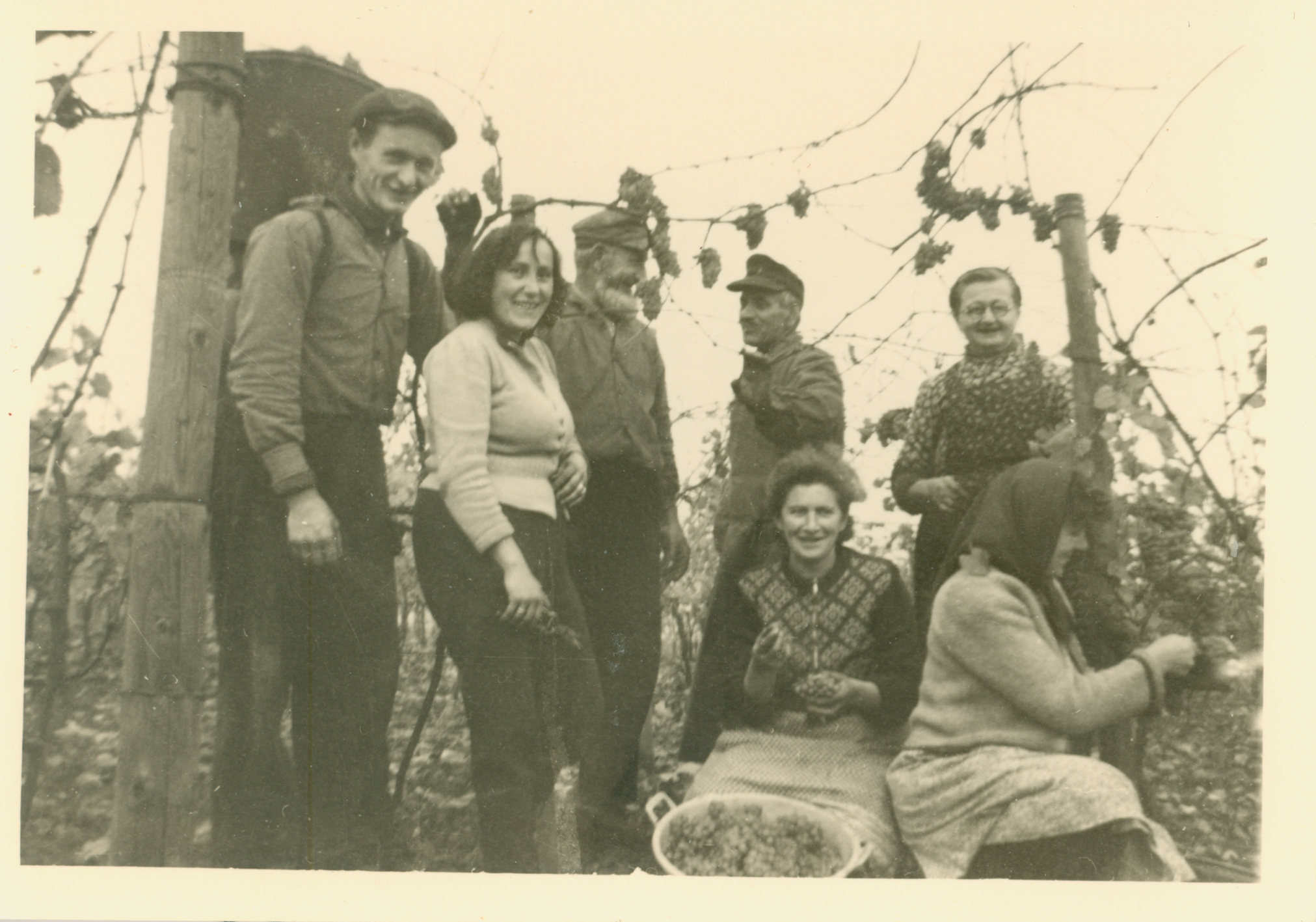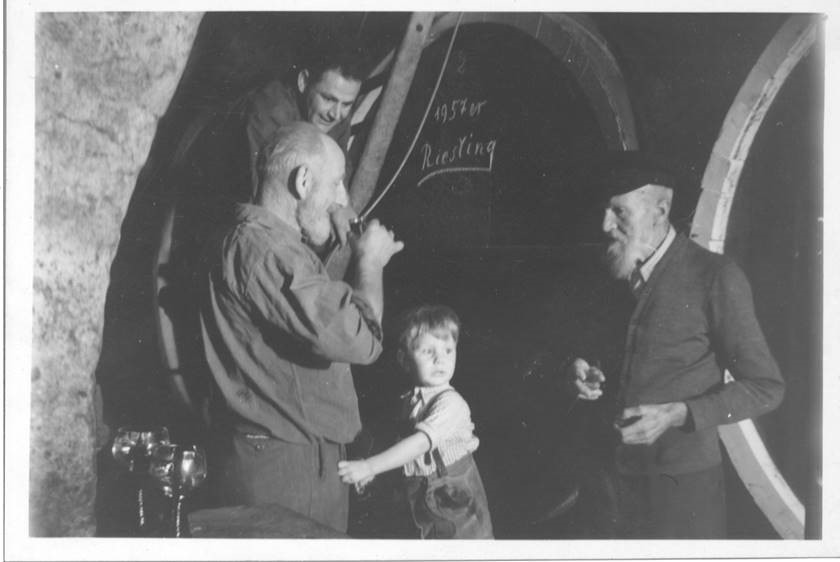No doubt Anstatt Lingenfelder born in 1520 in the town of Rhodt in the Pfalz region of Germany would express surprise that some 500 years later his name would be published for a world-wide readership! No doubt, but that’s when it started, or at least that is the first record we have of a Lingenfelder winzer (grape grower and winemaker, or wine grower).
Winemaking then was hardly a glamorous pursuit. Hard work in the vineyards, little technology to deal with the fickleness of weather, the mysterious transformation of grape juice into wine and the anonymous sale to taverns and locals. Yet the Lingenfelders stuck at it and there is a continuous record or winemaking in the family from 1520-1938. Most of this time the family worked a small property in the south Palatinate (now known as the Südliche Pfalz). Occasionally, as in the case of Johanne Wilhelm Lingenfelder, a Lingenfelder rose to sufficient prominence to warrant an historical note: Bassermann-Jordan in his seminal treatise on wine even included a photograph from 1850 of Herr J.W. Lingenfelder with what appears to be a vertical tasting of wines from 1811, 1846 and 1848.


